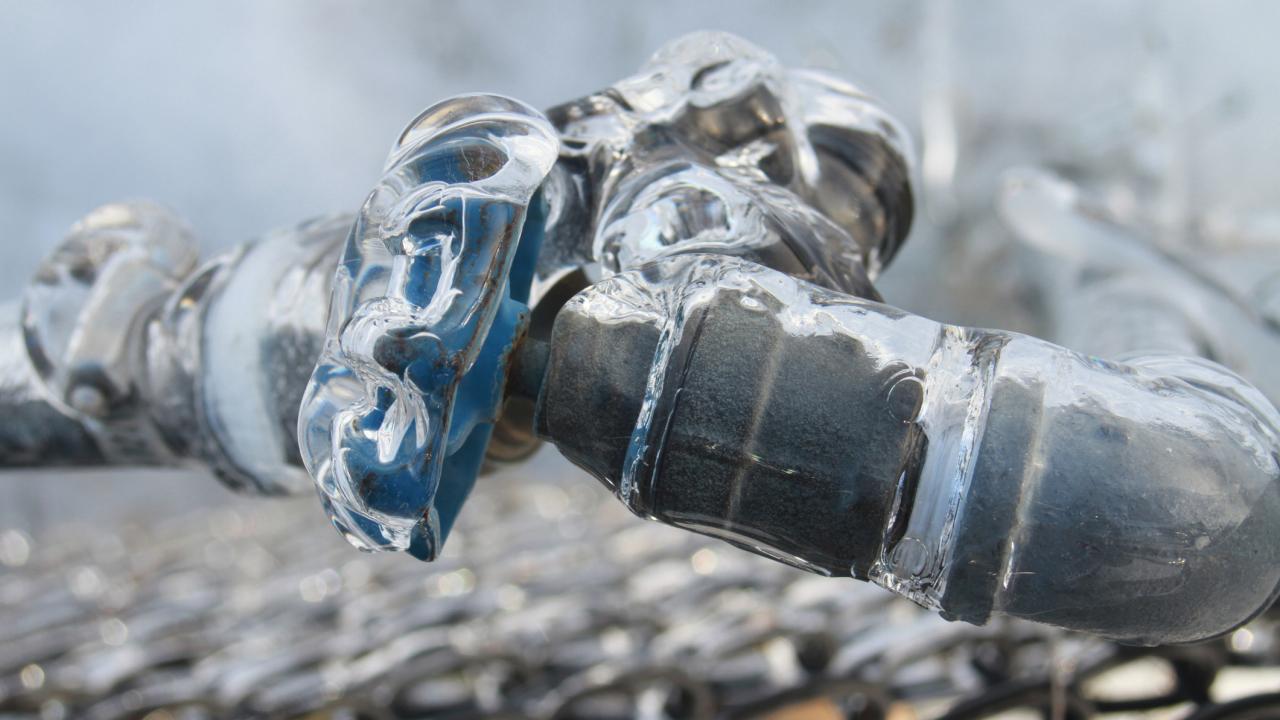Important Tips to Avoid Frozen Plumbing in Winter: Professional Guidance
Important Tips to Avoid Frozen Plumbing in Winter: Professional Guidance
Blog Article
Nearly everybody may have their own individual views involving How to Prevent Your Pipes From Freezing.

Cold weather can ruin your plumbing, especially by freezing pipelines. Here's just how to avoid it from taking place and what to do if it does.
Intro
As temperatures drop, the danger of frozen pipes rises, possibly resulting in expensive fixings and water damage. Comprehending exactly how to stop icy pipelines is essential for house owners in chilly environments.
Recognizing Frozen Pipes
What causes pipelines to freeze?
Pipelines ice up when exposed to temperatures listed below 32 ° F (0 ° C) for extended periods. As water inside the pipes freezes, it increases, taxing the pipe walls and potentially causing them to burst.
Risks and damages
Icy pipes can bring about water supply interruptions, residential property damages, and expensive fixings. Ruptured pipelines can flood homes and cause considerable architectural damage.
Indicators of Frozen Water Lines
Recognizing icy pipes early can stop them from breaking.
How to identify icy pipelines
Try to find reduced water flow from faucets, uncommon odors or noises from pipelines, and noticeable frost on exposed pipelines.
Avoidance Tips
Shielding vulnerable pipelines
Cover pipes in insulation sleeves or utilize heat tape to safeguard them from freezing temperatures. Focus on pipelines in unheated or external areas of the home.
Home heating techniques
Keep indoor rooms adequately heated, particularly areas with plumbing. Open up cupboard doors to allow cozy air to distribute around pipes under sinks.
Shielding Outside Pipes
Garden hoses and exterior faucets
Separate and drain yard hoses prior to winter. Set up frost-proof faucets or cover outside taps with shielded caps.
What to Do If Your Pipelines Freeze
Immediate actions to take
If you think icy pipelines, keep taps open up to soothe stress as the ice melts. Make use of a hairdryer or towels taken in hot water to thaw pipes slowly.
Long-Term Solutions
Structural changes
Think about rerouting pipes far from outside wall surfaces or unheated locations. Add additional insulation to attics, basements, and crawl spaces.
Updating insulation
Buy top notch insulation for pipes, attics, and wall surfaces. Proper insulation assists preserve consistent temperature levels and lowers the risk of icy pipelines.
Final thought
Preventing frozen pipelines requires proactive actions and fast responses. By comprehending the reasons, indications, and safety nets, home owners can shield their pipes throughout winter.
5 Ways to Prevent Frozen Pipes
Drain Outdoor Faucets and Disconnect Hoses
First, close the shut-off valve that controls the flow of water in the pipe to your outdoor faucet. Then, head outside to disconnect and drain your hose and open the outdoor faucet to allow the water to completely drain out of the line. Turn off the faucet when done. Finally, head back to the shut-off valve and drain the remaining water inside the pipe into a bucket or container. Additionally, if you have a home irrigation system, you should consider hiring an expert to clear the system of water each year.
Insulate Pipes
One of the best and most cost-effective methods for preventing frozen water pipes is to wrap your pipes with insulation. This is especially important for areas in your home that aren’t exposed to heat, such as an attic. We suggest using foam sleeves, which can typically be found at your local hardware store.
Keep Heat Running at 65
Your pipes are located inside your walls, and the temperature there is much colder than the rest of the house. To prevent your pipes from freezing, The Insurance Information Institute suggests that you keep your home heated to at least 65 degrees, even when traveling. You may want to invest in smart devices that can keep an eye on the temperature in your home while you’re away.
Leave Water Dripping
Moving water — even a small trickle — can prevent ice from forming inside your pipes. When freezing temps are imminent, start a drip of water from all faucets that serve exposed pipes. Leaving a few faucets running will also help relieve pressure inside the pipes and help prevent a rupture if the water inside freezes.
Open Cupboard Doors
Warm your kitchen and bathroom pipes by opening cupboards and vanities. You should also leave your interior doors ajar to help warm air circulate evenly throughout your home.

As a passionate reader about Preventing and dealing with frozen pipes, I assumed sharing that piece of content was a smart idea. Loved our posting? Please share it. Help someone else locate it. Thank you for taking the time to read it.
Schedule Appointment Report this page